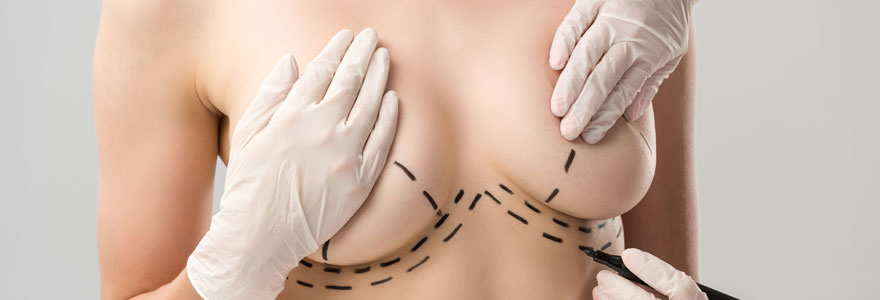
As women grow older, their breasts lose firmness and elasticity. Changes in weight, pregnancy and breastfeeding often accentuate the changes in your breasts. To reverse these changes, you may consider mastopexy or breast lift surgery. This procedure is performed by a plastic surgeon and aims to change the shape of your breasts. The surgeon removes excess skin during the procedure and reshapes the tissues to raise and reshape the breasts.
Cost of the Procedure
Note: Most health insurance companies view mastopexy as a cosmetic procedure, so they don't cover the medical expenses, meaning that you may have to cater to the overall costs.
Breast Lift Procedure
Surgeons perform breast lift procedures using diverse techniques. The technique your surgeon chooses depends on the shape and size of your breasts. The amount of lift you need also dictates the ideal technique.
In general, the entire procedure involves the following steps:
Review of Medical History
Your surgeon will gather information about your medical history to begin the procedure. As such, prepare to answer questions about your past and current health conditions, including any history of breast cancer. It would help if you also told them about any surgeries you had and shared the results of breast biopsies and mammograms. You are also required to share information about medications you have recently taken or are currently taking.
Physical Exam
To determine the best approach, your doctor will examine your breasts to see the position of the areolae and nipples. The examination will also help them determine whether the tone and quality of your skin will hold your breasts better after the procedure. They might also take pictures of your breasts for your medical records.
Discuss Your Expectations
After the examination, your doctor will trigger a discussion where you will explain what you hope to achieve after the procedure. They will also ensure you understand the benefits and risks involved. These may include including scarring and changes in breast and nipple sensation.
Marking and Anaesthesia
Your surgeon will mark your breasts to determine your nipples' position after the procedure. The marking is done with a skin marker pen, and you will have to stand for the surgeon to make accurate markings. Before any cuts are made, you will also get general anesthesia to help you relax and prevent you from feeling pain. You will also be asleep throughout the entire process.
The Surgery
During the surgery, your surgeon will make an incision around the areola. They will also make an incision from the bottom of your areola and extend it down the front of your breast. The cut will end in the aperture. Depending on the procedure, incisions may also be done on the sides of the areola. The cuts are made in a place they will be less visible.
After the cuts, your surgeon will reshape and lift your breasts into the designated position. They will also move the nipples and the areolas into the correct position of the new breast shape. Your surgeon will also eliminate the extra skin to give you a firmer look. Finally, your surgeon will close the cuts with stitches, skin adhesives, sutures, or surgical tape.
During this breast lift procedure, your surgeon may reduce the size of your breasts to gain the needed shape if you had made that request. An implant may also be added if you needed larger breasts or your breasts were of different sizes. However, depending on the extent and health situation, most surgeons choose not to increase or decrease breast sizes simultaneously as the lifting procedure. This is especially true if there's a risk of loss or nipple necrosis.